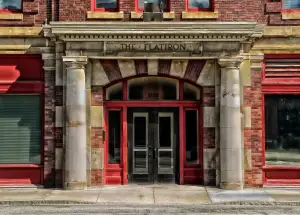Living in a Glass House: How Much Does Transparency Cost?
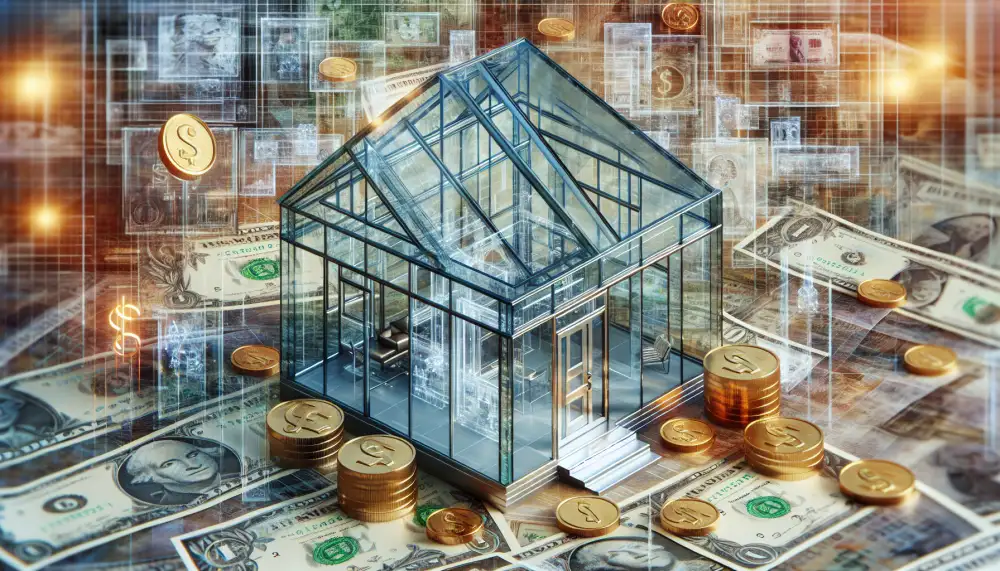
- Glass House Allure
- Material Expenses: Glass
- Structural Needs: Steel, Concrete
- Labor: Specialized Skills
- Energy Efficiency Considerations
- Temperature Control Costs
- UV Protection: Furniture Fading
- Privacy: Window Treatments
- Maintenance: Cleaning, Repairs
- Location Impacts: Climate, Views
- Insurance Premiums: Unique Risks
- Resale Value: Niche Market
- Design Options: Budget vs Luxury
- Overall Cost: Higher Than Traditional
Glass House Allure
The allure of a glass house, bathed in natural light and seamlessly merging with the outdoors, is undeniable. However, this architectural marvel comes at a premium. Building a house primarily of glass is significantly more expensive than traditional construction. The cost of specialized, high-performance glass panels needed for structural integrity, insulation, and UV protection is substantial. These panels often need to be custom-made to fit the unique design, further adding to the expense.
Beyond the glass itself, the structural support systems required for a glass house are more complex and costly. Steel or concrete frames need to be engineered to withstand wind loads and seismic activity while maintaining transparency. The intricate detailing and precision required during installation also contribute to higher labor costs. Furthermore, maintaining a glass house can be more expensive. Specialized cleaning is often necessary to keep the glass pristine, and heating and cooling costs can be higher due to the increased heat gain and loss associated with large glass surfaces.
While the cost of a glass house can be prohibitive for many, the aesthetic appeal, energy efficiency potential, and unique living experience continue to attract those seeking an extraordinary dwelling.
Building a house of glass: a testament to either boundless wealth or reckless optimism, with the final invoice sure to clarify which.
Elias Thorne
Material Expenses: Glass
Glass, while aesthetically stunning, comes at a premium. The type of glass significantly impacts cost. Standard, single-pane glass is the most affordable but offers minimal insulation. Double- and triple-paned glass, filled with insulating gases like argon, drastically increase energy efficiency but come with a higher initial investment.
Beyond the panes themselves, consider the framing. Aluminum frames are modern and sleek but conduct heat, potentially increasing heating and cooling costs. Wood frames offer better insulation but require regular maintenance.
The size and shape of your glass panels also play a role. Large, custom-shaped panels require specialized manufacturing and installation, adding to the overall expense.
Don't forget about safety and building codes. Depending on your location and the height of the glass, you may need tempered or laminated glass, which are more expensive but offer increased strength and protection against breakage.
While glass can be a significant investment upfront, it's essential to weigh the long-term benefits. Increased natural light can reduce lighting costs, and energy-efficient glazing can lead to lower heating and cooling bills. Factor in these potential savings when evaluating the overall cost of your glass house dream.
Structural Needs: Steel, Concrete
When picturing a glass house, it's easy to fixate on the cost of all that glass. However, the structural backbone of a glass house, often composed of steel or concrete, plays a significant role in the overall expense. Steel, known for its strength and ability to span large distances, is a popular choice for creating the framework that supports the weight of the glass panels. The cost of steel can fluctuate depending on market conditions, but it's undeniably a significant investment.
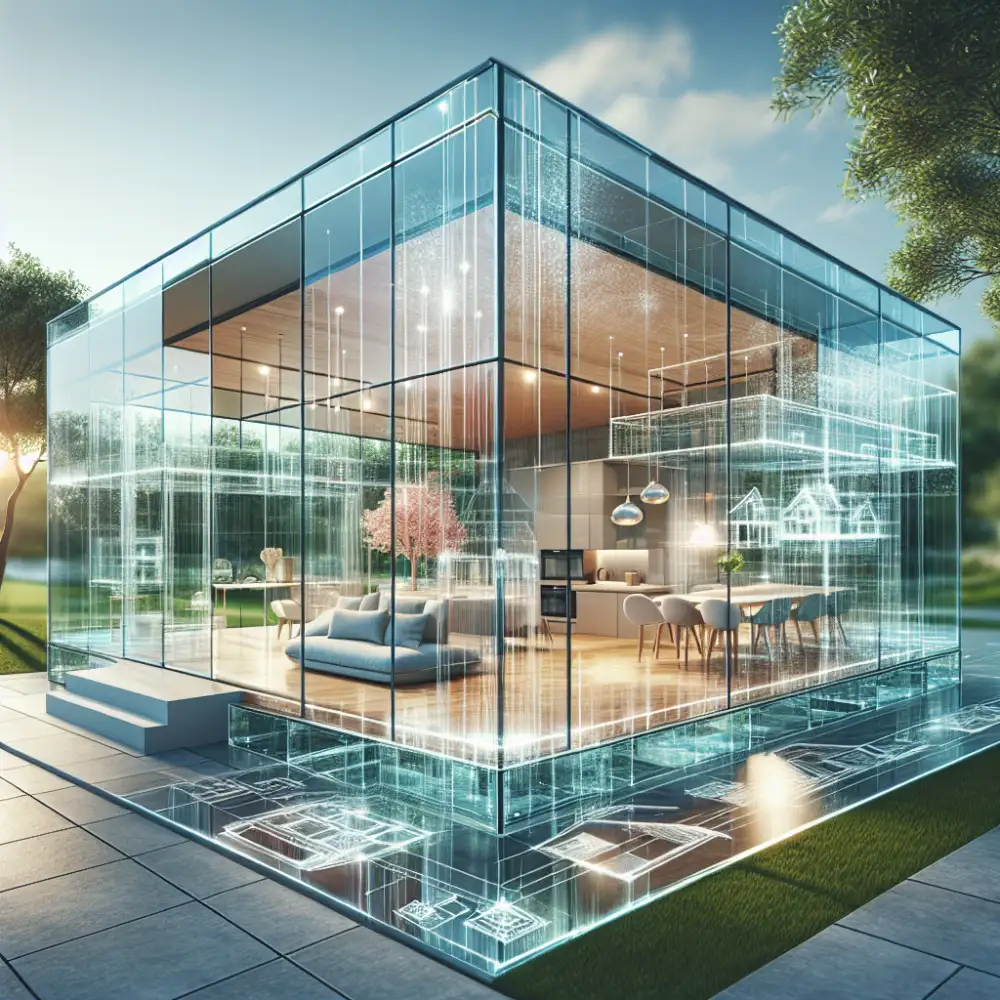
Concrete, while less common than steel in modern glass house designs, offers its own set of advantages. Its durability and versatility make it suitable for foundations, walls, and even some structural elements. However, the cost of concrete, like steel, is influenced by material, labor, and transportation costs. The complexity of the design also factors into the final price tag. Intricate forms and challenging pours require specialized expertise and equipment, adding to the overall construction costs.
Labor: Specialized Skills
The construction of a glass house necessitates a unique set of skills and expertise, impacting the overall cost. Specialized glaziers are essential for handling, cutting, and installing large, often custom-shaped, glass panels with precision. These professionals possess extensive knowledge of different glass types, their properties, and safe handling practices. Welding or bonding these panels requires specialized training and certification. Structural engineers with experience in glass structures are crucial for ensuring stability and safety, considering factors like wind load and seismic activity. Their expertise commands higher fees than conventional residential construction. Additionally, skilled carpenters familiar with working alongside glass, electricians adept at integrating wiring into glass panels, and HVAC specialists experienced in climate control for glass structures are essential. The limited pool of professionals with these specialized skills contributes to higher labor costs compared to traditional building methods.
Energy Efficiency Considerations
Glass houses, while architecturally stunning, often come with higher energy costs compared to traditional homes. The extensive use of glass can lead to significant heat gain in the summer and heat loss in the winter, making heating and cooling systems work overtime. To mitigate these effects and enhance energy efficiency, several factors warrant consideration.
Opting for high-performance glazing is crucial. Double or triple-paned windows with low-emissivity (Low-E) coatings can significantly reduce heat transfer, keeping your home cooler in the summer and warmer in the winter. These coatings reflect infrared radiation, minimizing heat gain from the sun while preventing heat loss from inside.
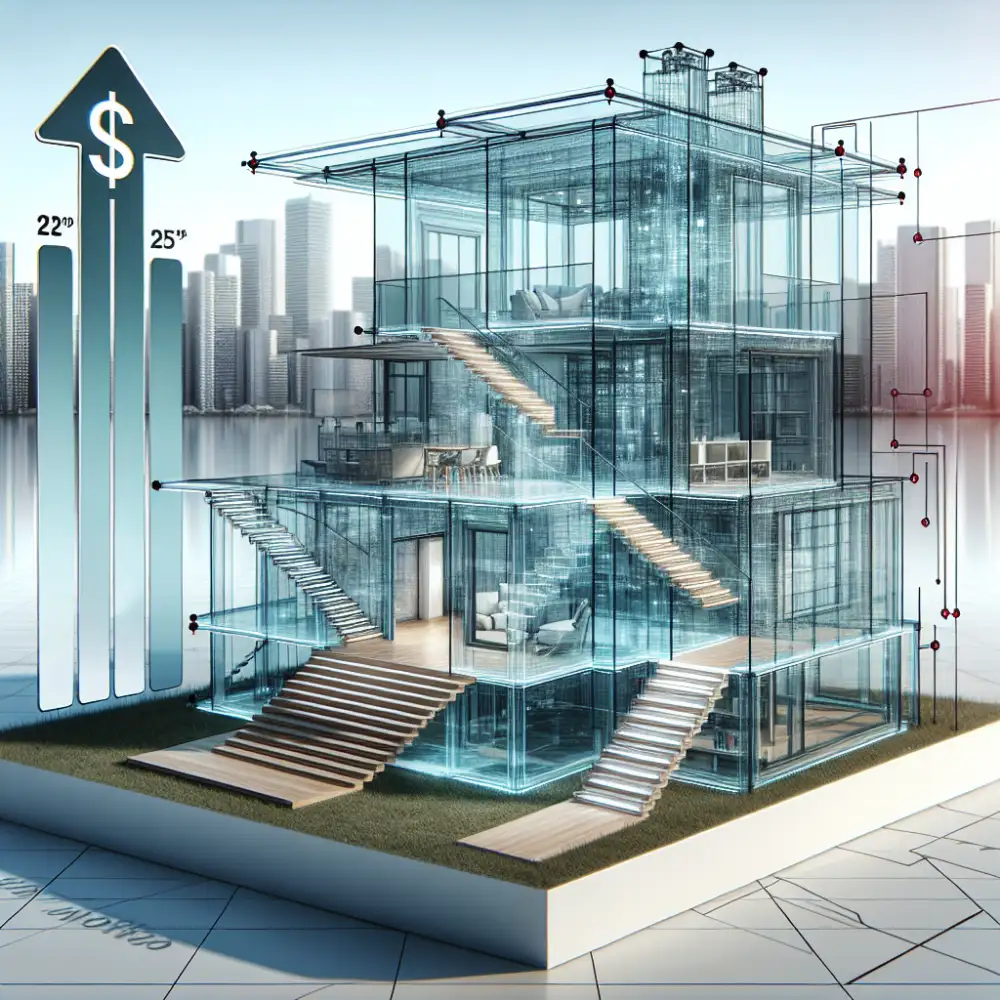
Proper insulation is paramount in a glass house. Incorporating insulation in the walls, roof, and foundation can help regulate indoor temperatures and reduce reliance on heating and cooling systems. Consider using materials with high thermal resistance, such as foam insulation or structural insulated panels (SIPs).
Strategic shading is essential to manage solar heat gain. Implementing exterior shading devices like overhangs, awnings, or louvers can block direct sunlight during the hottest parts of the day, reducing cooling loads. Interior shades, such as blinds or curtains, can also help control light and heat.
Ventilation plays a vital role in maintaining comfortable temperatures. Natural ventilation strategies, such as operable windows and strategically placed vents, can promote airflow and reduce the need for mechanical ventilation. Consider incorporating a whole-house fan to exhaust hot air and draw in cooler air during the evenings.
Efficient heating and cooling systems are crucial for maintaining a comfortable indoor environment. Consider high-efficiency HVAC units with programmable thermostats to optimize energy usage. Geothermal heat pumps, which utilize the constant temperature of the earth, can provide energy-efficient heating and cooling.
By carefully considering these energy efficiency measures, you can mitigate the potential for high energy costs associated with a glass house. Implementing these strategies will not only reduce your environmental footprint but also create a more comfortable and sustainable living environment.
Temperature Control Costs
One of the biggest concerns with glass houses is the cost of temperature control. Glass is a poor insulator, meaning it allows heat to pass through it easily. This can make it challenging and expensive to keep a glass house warm in the winter and cool in the summer.
Traditional insulation methods, like fiberglass batts or spray foam, aren't suitable for glass walls. This limits your options and often means investing in more expensive solutions. High-performance windows with specialized coatings that reflect heat can help, but these come with a hefty price tag compared to standard windows.
Furthermore, you'll likely need a robust HVAC system to combat the constant temperature fluctuations. A larger system, or even multiple units, might be necessary to effectively heat and cool the space, adding to the initial installation cost and resulting in higher energy bills throughout the year.
While the aesthetic appeal of a glass house is undeniable, it's crucial to weigh the significant cost of temperature control against your budget and priorities.
UV Protection: Furniture Fading
One of the less obvious factors to consider when dreaming of a modern glass house is the potential for furniture fading. We all know the sun's ultraviolet (UV) rays can be harsh on our skin, but they can be just as damaging to our furniture, carpets, and artwork. While glass allows for stunning natural light, it also offers less protection from these harmful rays compared to traditional walls. Over time, prolonged exposure to UV radiation can cause vibrant fabrics to fade, wood to discolor, and artwork to lose its luster. This means you might find yourself replacing furniture more frequently or investing in expensive UV-protective window treatments, adding to the potential costs of living in a glass house. So, while the allure of a light-filled abode is undeniable, it's crucial to factor in the potential costs associated with protecting your belongings from the sun's powerful rays.
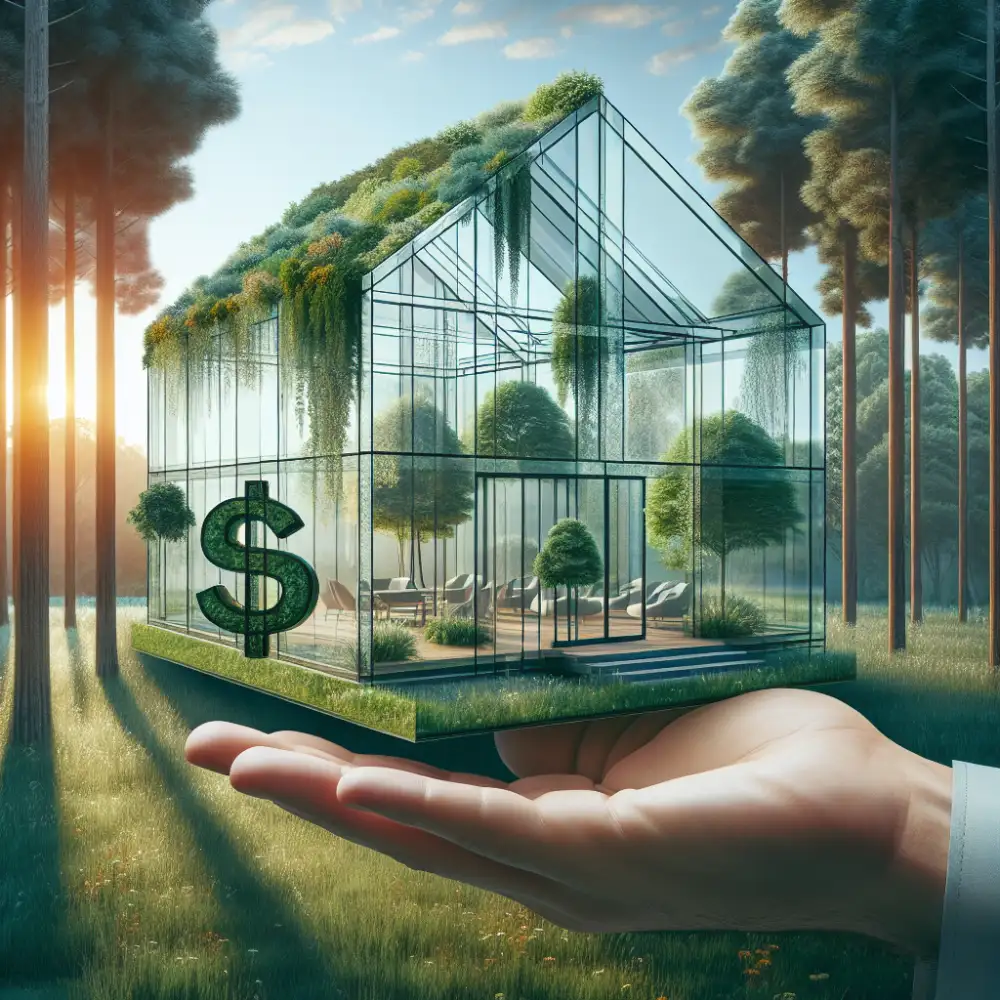

Privacy: Window Treatments
Building a house primarily of glass might seem like a sleek, modern dream, but it presents some unique challenges, privacy being a major one. Unless you're comfortable living in a fishbowl, you'll need to factor window treatments into your glass house budget. And this is where things can get pricey.
| Feature | Traditional House | Glass House |
|---|---|---|
| Construction Material Cost | Moderate (Wood, Brick, Concrete) | High (Specialized Glass, Steel Supports) |
| Labor Cost | Moderate | High (Specialized Glaziers, Structural Engineers) |
| Energy Efficiency | Moderate (Dependent on insulation) | Potentially Low (High heat gain/loss) |
| Maintenance | Moderate | High (Glass cleaning, potential for damage) |
Standard blinds or curtains simply won't cut it for large expanses of glass. You'll likely be looking at custom solutions, and the costs can vary wildly. Motorized blinds or shades offer a sleek, modern look and can be controlled with a remote or even your smartphone, but expect to pay a premium for the convenience. Smart glass, which can switch from transparent to opaque at the flick of a switch, is another high-tech option, but it comes with a hefty price tag.
Even simpler solutions like window films, which offer varying degrees of privacy and UV protection, can add up quickly when you're covering an entire house worth of glass. Don't forget about installation costs, especially for large or complex window configurations.
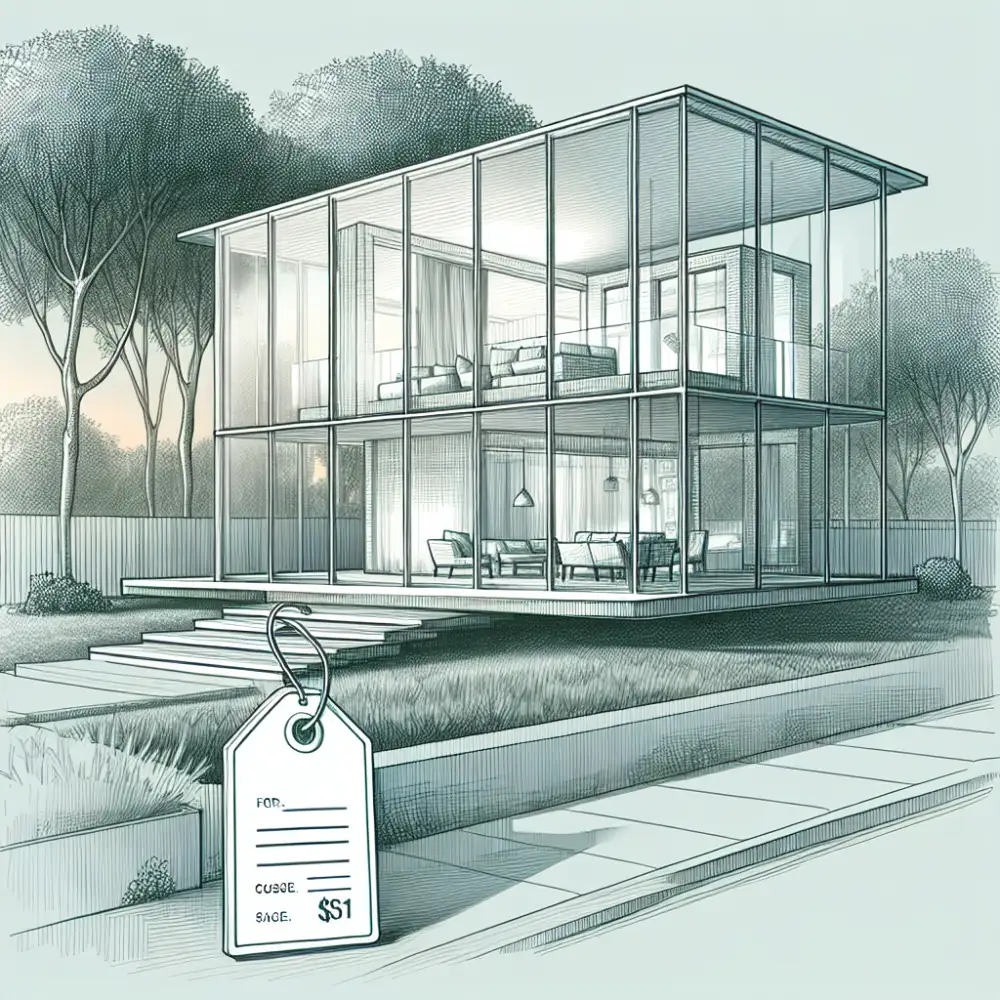
The bottom line is that ensuring privacy in a glass house can be a significant investment. It's crucial to factor these costs into your overall budget early on to avoid any surprises down the line.
Maintenance: Cleaning, Repairs
Maintaining a glass house, while aesthetically pleasing, does come with its own set of considerations. Cleaning, in particular, can be more demanding compared to traditional homes. The extensive glass surfaces, both interior and exterior, require regular cleaning to maintain their transparency and sparkle. You'll need to factor in the cost of professional window cleaning services or invest in specialized equipment for DIY cleaning.
Beyond regular cleaning, repairs can also be a significant factor. While glass is a durable material, it is susceptible to chips, cracks, and scratches. Repairing or replacing damaged glass panels can be expensive, especially for specialty glass types like tempered or insulated glass. It's crucial to have a plan for handling potential damage, which might include setting aside a reserve fund for unexpected repairs. Remember, maintaining the pristine look of a glass house requires ongoing attention and financial planning.
Location Impacts: Climate, Views
The location of your dream glass house plays a crucial role in its cost and long-term sustainability. Imagine waking up to panoramic ocean views or a snowy mountain backdrop – stunning, right? But these views come at a price. Coastal areas often mean battling salt spray and hurricane-force winds, requiring specialized glass and structural reinforcement that adds to the construction costs. Similarly, mountainous regions experience heavy snowfall and freezing temperatures, demanding high-performance glazing and energy-efficient designs to combat heating expenses.
Don't forget about the sun! Building a glass house in a desert landscape might seem appealing for its abundant sunshine, but it brings the challenge of intense heat. You'll need to invest in solar control coatings, shading systems, and powerful cooling systems, all impacting the overall cost. Conversely, a cloudy, temperate climate might reduce the need for extensive sun protection but could lead to higher heating bills and a greater reliance on artificial lighting. Considering the climate and its impact on your glass house's design and energy consumption is vital for both your budget and the environment.
Insurance Premiums: Unique Risks
Insuring a house made primarily of glass presents unique challenges, often leading to higher premiums compared to traditional homes. Insurers consider several factors when assessing risk, and the extensive use of glass significantly impacts their calculations.
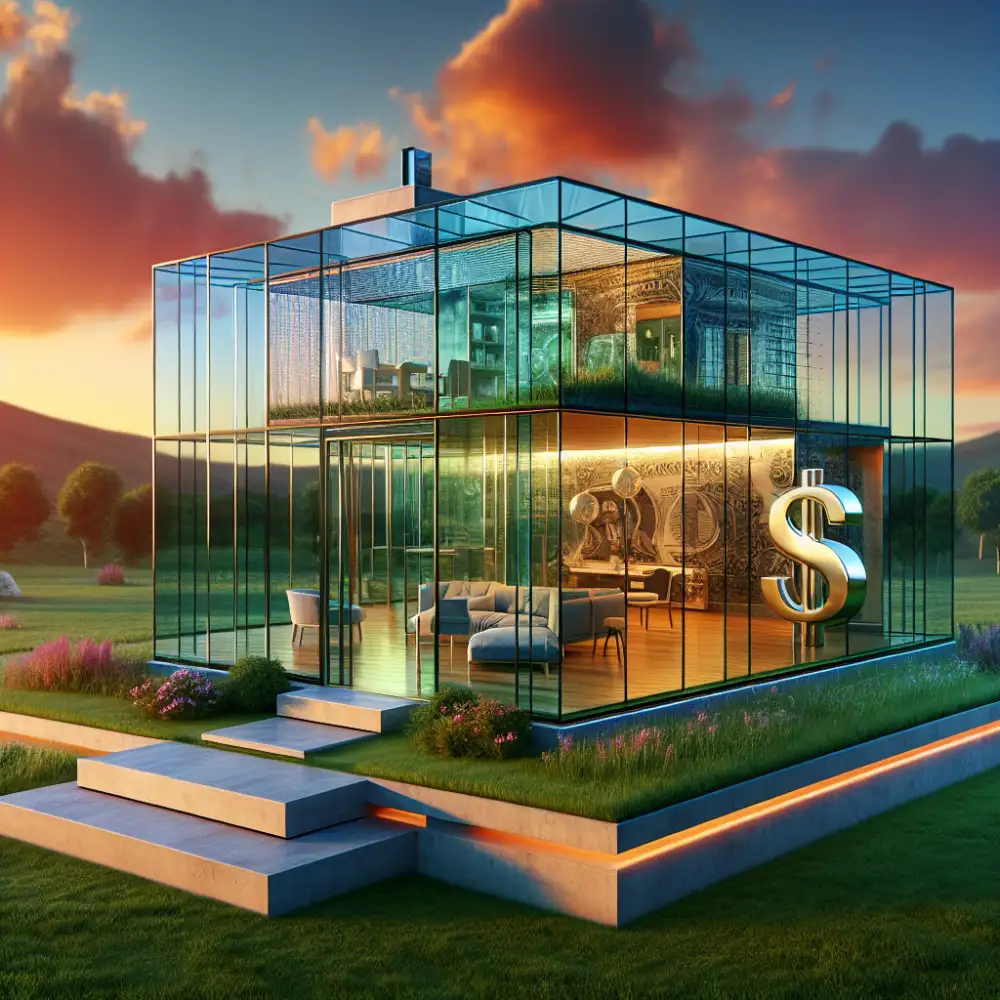

Glass is more susceptible to damage from impacts like hailstorms, stray baseballs, or even bird strikes. The potential for extensive and costly repairs from such events increases the likelihood of claims, driving up premiums. Furthermore, large glass surfaces can be vulnerable to break-ins, as thieves may see them as easier entry points.
The specialized nature of glass installation and repair also contributes to higher insurance costs. Replacing broken or damaged glass panels, especially large or uniquely shaped ones, often requires skilled labor and specialized materials, adding to the overall claim expenses.
Moreover, the location of the glass house plays a crucial role. Coastal areas prone to hurricanes or regions with frequent hailstorms pose a greater risk of glass damage, leading to higher premiums. Insurers may also consider the proximity of trees or other potential hazards that could impact the glass surfaces.
Resale Value: Niche Market
When it comes time to sell, a glass house might present unique challenges. The very features that attract some buyers - the abundance of natural light, the connection to nature - might deter others who prioritize privacy or prefer more traditional aesthetics. This niche appeal could potentially narrow the pool of potential buyers, impacting the resale value.
Furthermore, the specialized nature of glass construction often comes with a higher price tag, both initially and in terms of maintenance. Potential buyers need to be found who not only appreciate the architectural style but are also willing and able to undertake the specific upkeep a glass house requires. This factor could further limit the market, potentially affecting the final selling price.
It's important to remember that real estate markets are hyperlocal. While a glass house in a bustling city center with a penchant for modern architecture might be highly sought after, the same house in a rural area with more traditional tastes could linger on the market. Careful consideration of location and target demographics is crucial when assessing the potential resale value of a glass house.
Design Options: Budget vs Luxury
When envisioning a stunning glass house, it's essential to acknowledge the significant cost implications associated with this architectural choice. Building with glass is inherently more expensive than traditional materials like wood or concrete. Factors such as specialized framing, high-performance glazing, and complex installation contribute to the elevated price tag.
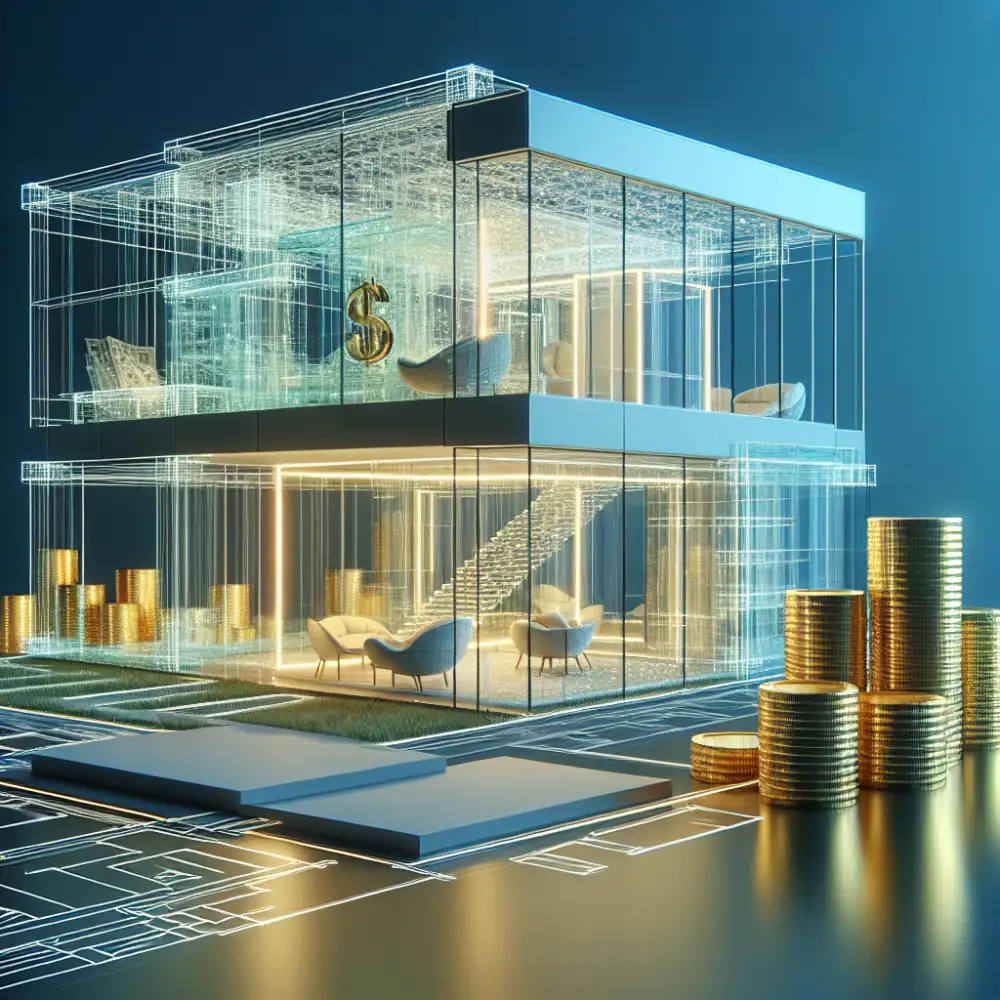
For budget-conscious individuals, incorporating glass elements strategically can still achieve a touch of elegance without breaking the bank. Consider large windows, glass doors, or a glass-enclosed sunroom to introduce natural light and create an illusion of spaciousness. Opting for standard glass sizes and readily available framing materials can help minimize expenses.
On the other hand, if budget constraints are less of a concern, the possibilities for a luxurious glass house are boundless. Floor-to-ceiling glass walls, expansive skylights, and custom-shaped glass features can create a breathtaking masterpiece. High-end glazing options, such as electrochromic glass that tints on demand or triple-paned insulated glass units, offer enhanced energy efficiency, UV protection, and noise reduction.
Ultimately, the cost of a glass house is determined by various factors, including size, design complexity, glass type, and labor costs. It's crucial to consult with experienced architects and contractors specializing in glass construction to obtain accurate estimates and explore design options that align with your budget and aesthetic preferences.
Overall Cost: Higher Than Traditional
While the allure of a glass house is undeniable, it's important to acknowledge that this architectural marvel comes with a premium price tag compared to traditional homes. The unique challenges and specialized materials contribute to a higher overall cost.
The extensive use of glass panels, often double- or triple-glazed for energy efficiency, significantly impacts expenses. These specialized glass units require intricate manufacturing processes and precise installation, adding to the labor and material costs. Furthermore, the structural requirements for supporting large glass expanses necessitate robust framing systems, typically steel or engineered lumber, which are more expensive than conventional wood framing.
Beyond the core structure, other factors contribute to the elevated cost. Climate control becomes paramount in a glass house, demanding high-performance HVAC systems to regulate temperature and prevent excessive heat gain or loss. Specialized window treatments, such as motorized blinds or electrochromic glass, may be necessary to manage privacy and glare, further adding to the expenses.
While the initial construction cost of a glass house is undoubtedly higher, it's essential to consider the potential long-term savings. Energy-efficient glass and well-designed passive solar features can reduce energy consumption, leading to lower utility bills over time. Additionally, the durability and longevity of glass as a building material can result in reduced maintenance costs compared to traditional homes.
Published: 27. 06. 2024
Category: Food



